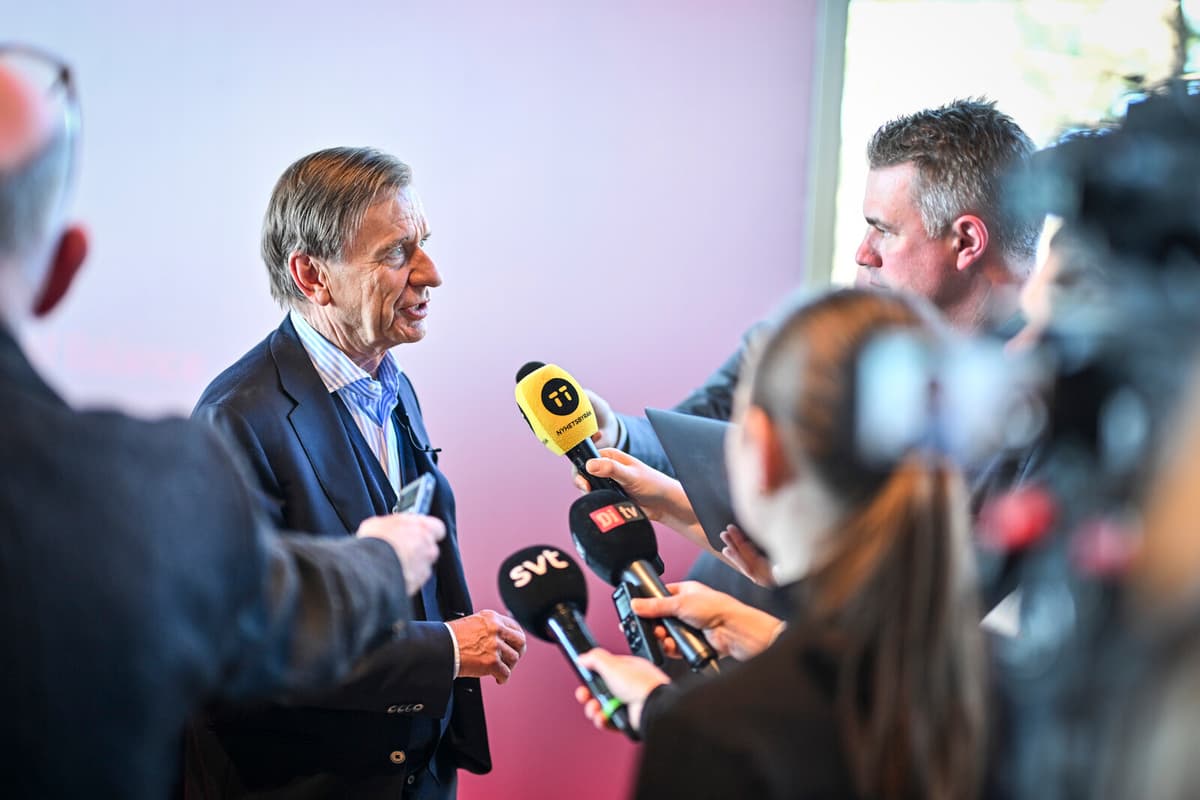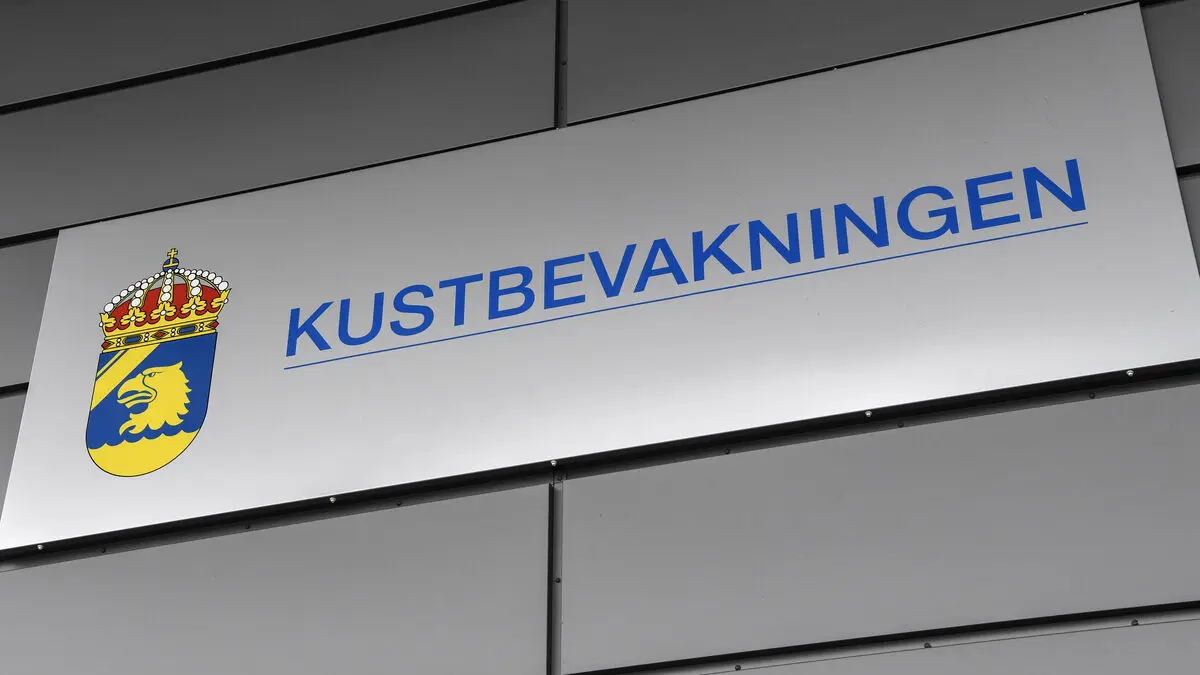In a rarely seen turbulent time, 74-year-old Samuelsson makes a comeback as CEO of Volvo Cars after Jim Rowan recently had to leave.
At the company's annual general meeting in Gothenburg and in front of the company's already pressured shareholders – the share has fallen nearly 70 percent since the stock market introduction – he himself highlighted the challenges that the company is now facing.
Volvo Cars is seen from a market perspective as a major loser when tariffs have been introduced, something that must be acted upon, says Samuelsson.
It's a signal that we need to build our cars where we sell them. I think we are well prepared in China, but I think we need to get better in the USA to get around these tariffs.
We need to increase volumes to reduce costs and it certainly requires another car model in Charleston.
Limited production
Currently, Volvo Cars has a factory in Charleston, South Carolina, but with limited production in the form of two models, the S60 and the SUV EX90.
A certain starting distance is needed, but I can say that it's good that we have a factory in the USA at all, says he.
Does it mean that employees in Sweden should be worried about losing their jobs?
If the cars for the USA were previously made in Gothenburg, they will now need to be made in the USA. But on the other hand, we count on the company growing and taking market shares. I don't see a future where we need to scale down in Gothenburg.
About every fifth Volvo car produced is currently sold on the US market, during the last quarter it was about 33,000 cars. Håkan Samuelsson admits that the tariff increase must be taken by someone, read the American buyer, but that it can also be difficult to get through such a price increase.
Clear regionalization
We will see a clear regionalization and in such a situation, it's just a matter of following Darwin's law and adapting and adapting faster than the competitors, says he.
In connection with the annual general meeting, he also acknowledged that the share development had been a disappointment. The company is now launching a three-point program to turn the development around.
We need to set up a clear program regarding production and how we will sell the cars. In a month, we should be ready and then we'll get back, says Samuelsson.





